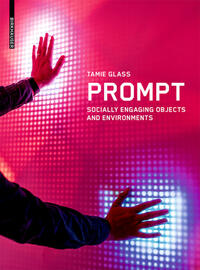
Fueled by an increasingly interconnected world, the desire for engaging experiences plays a more important role in interiors than ever before. There is a tendency in the design of products, furniture, and environments toward enhanced interaction that employs psychosocial principles. This publication presents both high and low-tech applications ranging from a light fixture to art installations and fully realized buildings. The book illustrates human-centered design strategies through a series of six chapters, each including examples that introduce one of following approaches: communicating, stimulating, synomorphic, transactional, transformative, and challenging.